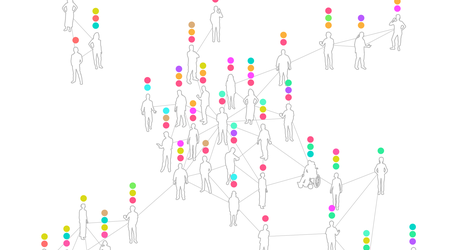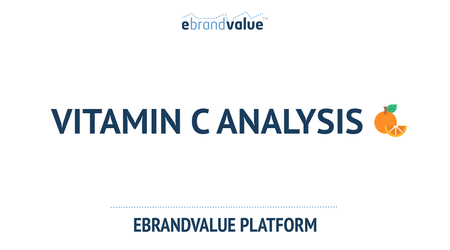Lights! Camera! Action!
Ever since Jaws terrified moviegoers in the summer of 1975, blockbusters have dazzled and thrilled audiences into filling up the seats at the multiplex. Film budgets have skyrocketed and continue to rise still, going up into the hundreds of millions of dollars. When a new blockbuster is released, we’re all surrounded by it: the action figures line the shelves, the hit songs from the soundtrack play on the radio, the actors are on every talk show and we even see movie tie-in stickers on our produce at the grocery store.
These days, the action begins before the movie even hits the screen. By the time they can buy a ticket to see hobbits journey across Middle-earth or to cheer on rebel groups fighting “the Man” in dystopian futures, people have already shared their excitement and anticipation online. They obsess about the world, the story, the characters and of course – the Stars!
Brands have been embracing this tremendous opportunity for exposure, paying large sums for their logo to appear at the bottom of the posters and in the credits. So, as a brand who has invested in or partnered with a film, how are you supposed to interpret this pre-launch buzz? How many actual people is this online whirlwind of excitement actually reaching?
We studied two blockbusters: Valerian and the City of a Thousand Planets and Dunkirk, both of which came out during the summer of 2017 and starred singers in prominent acting roles.
In both cases, the social media activity for both movies during the pre-release period was driven in large part by their singer-turned-actor stars: Rihanna in Valerian and Harry Styles in Dunkirk. We found that during the days prior to the release of each film, Rihanna-related contents accounted for 52.46% of all social media contents for Valerian, while Harry Styles-related contents accounted for 61.31% of social media contents for Dunkirk.
However, when we dug deeper, what emerged was that both stars inspired different types of fandom.
Harry Styles generated a higher number of mentions on social media when compared to Rihanna but did not reach a proportionally high number of social media authors. During the period Styles’s fans generated 4.65 contents per unique author. This means that on average, each fan contributed more than four times, talking about the movie and Styles’s casting online, re-sharing or interacting with the film’s posts, and generally engaging with Dunkirk’s Styles-centric marketing materials.
In comparison, Rihanna’s fans generated 1.11 contents per author, which meant that she reached a higher number of authors in comparison to Styles. While on the surface, Styles generated more buzz, Rihanna’s impact was more widespread.
One of the biggest limitations of frequency-based tracking is that one tends to miss these types of insights.
Across all sectors, eBrandValue has found that mention-driven analyses of performance almost always leads to false conclusions. In our line of work, we’ve seen everything under the twin suns of Tatooine.
Hired influencers will pay for bot-driven retweets, likes and engagements, trying to fraudulently raise the frequencies that they know their partner brands are tracking. Small groups of committed individuals will repeatedly return to an online target (for example, when supporting or attacking a political cause) and drive disproportionately large amounts of social media traffic, giving the false impression that there is an army of people behind them. Tracking total frequencies means you cannot really break these events down at a human scale.
eBrandValue’s platform is author-based, which means our analyses begin with the individuals who are choosing to create contents or engage with them on social media. For each author in a sector, whether they are interacting with your brand or that of your competitors, we track how their brand affinity and preference evolves over time. At a micro-scale we can see which campaigns, sponsorships, influencers and products an individual reacts to when they switch their brand affinity from one brand to another. When we take a step back and look at all the individuals in an industry, we can see which marketing signals and large-scale brand strategies drive audience migrations between the different brands in the sector.
Get in touch with us and find out more about author-based tracking today!
To learn more about eBrandValue Platform, and how such metrics influence brand value, contact us using the form below.







